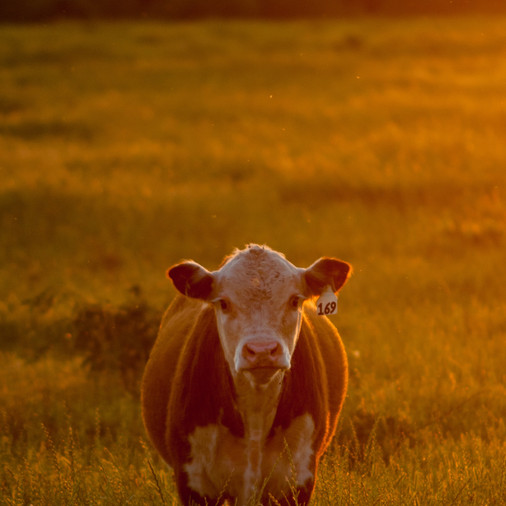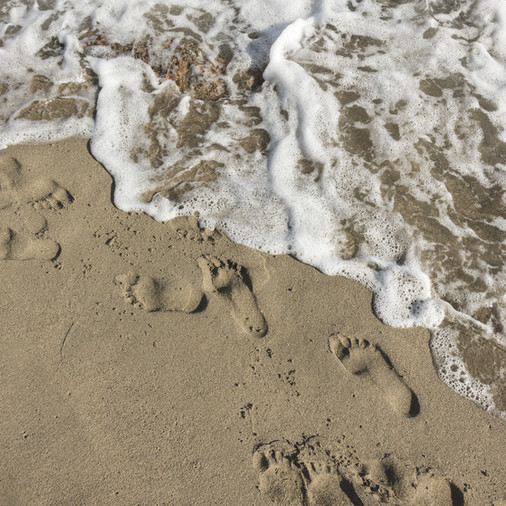By: Isabela Claret Torres, MSc, Ph.D.
What is a Water Footprint?
I will start with some questions. Do you know your water footprint? Do you know what a water footprint is? Many of us never ever heard about this concept. Arjen Hoekstra, professor in water management in the Netherlands coined this concept in 2002 while working for UNESCO-IHE, Institute for Water Education. The concept is based on the fact that all products that we use and consume, use water for its production. Other footprint is the water used for cleaning, bathing and other daily routine activities. And we cannot forget that water is also used to dilute our sewage and pollutants. A water footprint is calculated by the volume of water used. And we use water for almost everything we do and we leave a footprint of water usage behind us.
Types of Water Footprint
There are three categories of water footprint. The first one is the blue water footprint which refers the use of surface and groundwater (lakes, rivers, wetlands, and aquifers). There is the green water footprint that is the use of rainwater. And finally, the gray water footprint which is the water used to dilute the pollutants from diverse human activities.
All human activities use water during the production process. The clothes that you are wearing, the chair you are sitting even the computer you are using to read this text now in one moment of the process used water for its production.

Everything we consume daily adds to one’s water footprint, with each item using a varying amount of water to be produced. When you use a given product, it adds to your water footprint. Imagine that only 1 kg of beef uses 15,415 liters of water to be produced. Now put this in a global scale of beef consumption. And to be more democratic to all types of users, a simple shirt that everyone has in its house, does not matter where they live, the social status nothing, everyone has, it uses 2,495 Liters for its cotton production.
Water Footprint by Country
And with this we can think in another environmental concept that is the water exportation. We live in a globalized world, where the cotton is produced maybe in Africa or Brazil, sent to China to produce the tissue and assemble in the Philippines and sold in the USA. During all this process water is being export with the products. This is just an imaginary example, but it happens with many products. There is not a single cacao tree in Europe but the most famous chocolates come from the continent. Cacao is produced in the tropical regions of the earth like Brazil and Africa, among others.
Based on Waterfootprint.org, the major gross virtual water exporters are USA, China, India, Brazil, Argentina, Canada, Australia, Indonesia, France and Germany and the major gross virtual water importers are the USA, Japan, Germany, China, Italy, Mexico, France, the UK and the Netherlands”. And this is based on the concept of virtual water, as each product has a virtual water behind them. This allows countries with water scarcity to have goods for their population.
Climate Change
We think that water is unlimited resource, but is not true. As all natural habitats freshwater ecosystems are being degraded due to human actions. Pollution, eutrophication, over use of water, global warming, all these are decreasing the amount of clean water available for the production of goods, food and for consumption. We need governments to take action to protect our water resources. But we can do and should do our part. Water is essential and it’s crucial to take the global water footprint into account. Every living thing needs water to survive. And we need clean water. We can take shorter showers, not eat meat once a week, brush our teeth with the tap closed, as well as wash dishes with the tap closed and just open to take out the soap. Use the three R`s rule, Recycle, Reuse, Reduce.
Water Scarcity
Water is becoming scarce in may parts of the Globe. It’s a serious problem like Global Warming. We have to take action. Start making simple questions like where my water comes from and where my sewage goes? Do you know? Do you know how much it cost to produce clean water and treat the sewage you produce? It’s a topic for another chapter.
Amount of water used to produce different products:
| Product | Amount produced | Amount of water (Liters) |
| Beef | 1 kg | 15,415 |
| Chicken | 1 kg | 4,325 |
| Chocolate | 1 kg | 17,196 |
| Potato | 1 kg | 287 |
| Beer | 250 mL | 74 |
| Wine | 125 mL | 109 |
| Sugar | 1 kg | 1,782 |
| Rice | 1 kg | 2,497 |
| Milk | 250 mL | 255 |
| Leather (bovine) | 1 kg | 17,093 |
| Egg | 60 g egg | 196 |
| Coffee | 125 mL | 132 |
| Pasta (dry) | 1 kg | 1,849 |
| Maize | 1 kg | 1,222 |
| Cotton | Shirt of 250 g | 2,495 |
| Bread from wheat | 1 kg | 1,608 |
About the Author:
Isabela started her work with the environment in 1993 as a Biology Bachelor student at the highly regarded Federal University of Minas Gerais (UFMG/Brazil). Later she joined the Graduate Program on Ecology, Conservation and Management of the Wildlife of the same University (UFMG/Brazil) where she received her Masters degree in 1999. Later, she received her Ph.D. on Soil and Water Science at the University of Florida (USA). During her Ph.D. studies she received an Outstanding Student Poster Award at the ASLO (American Society of Limnology and Oceanography) 2006 Summer Meeting held in Victoria (Canada). After working for the State Government Secretary, consulting environmental company and watershed management company she began her post-doctorate in the Geography Department at UFMG (Brazil). Throughout her career she gathered knowledge and specialized on Biology, Ecology, Soil Science, Limnology, Paleolimnology, Biogeochemistry, Organic Geochemistry, Metal and Environmental pollution.

